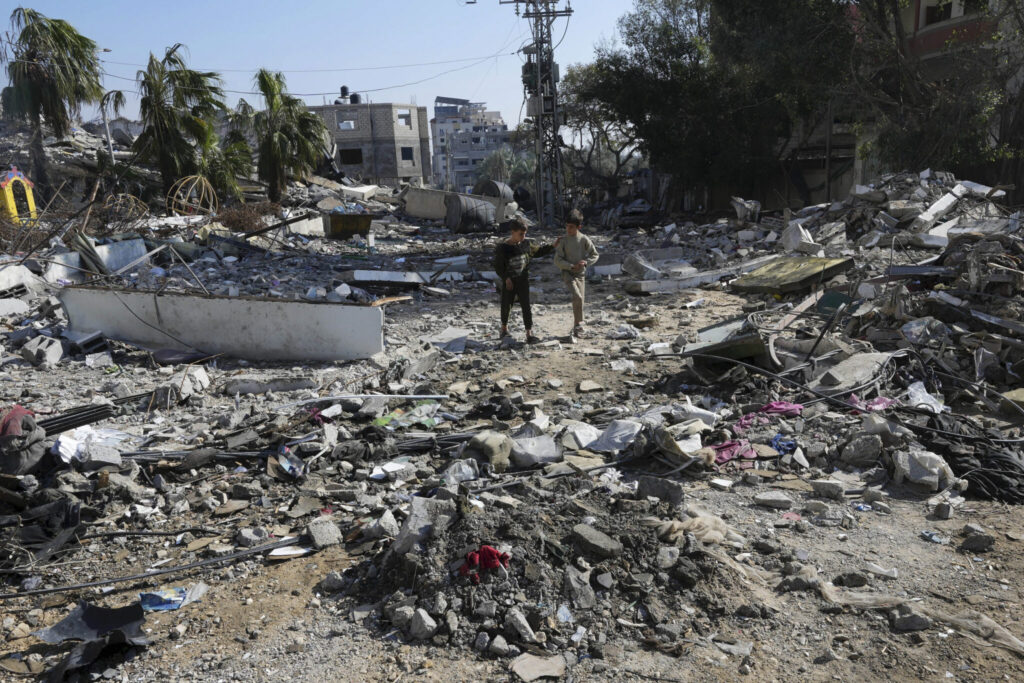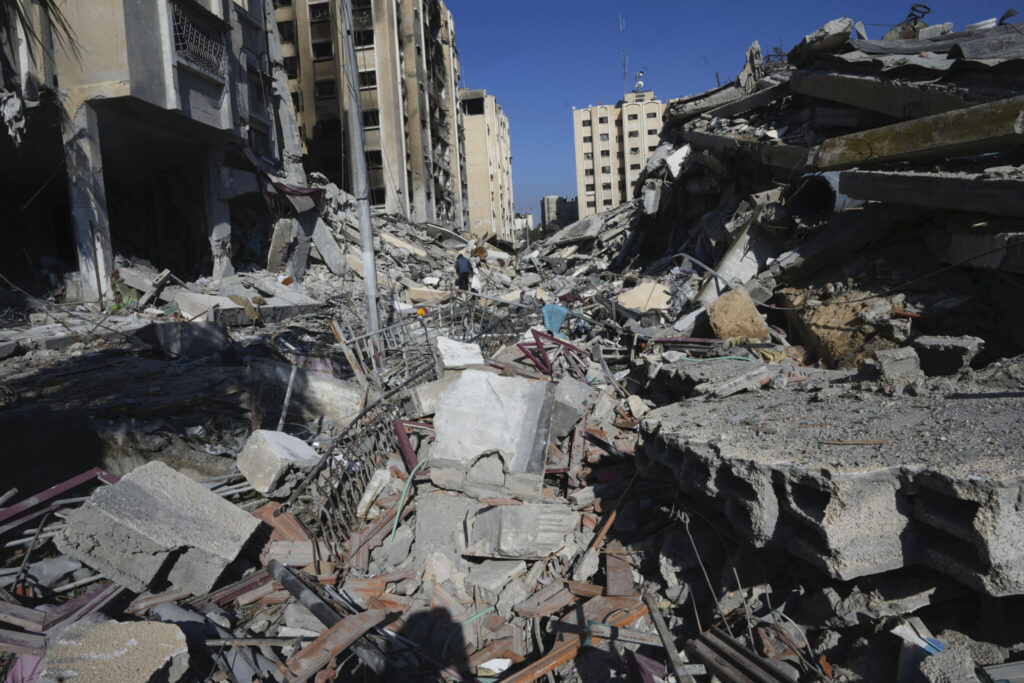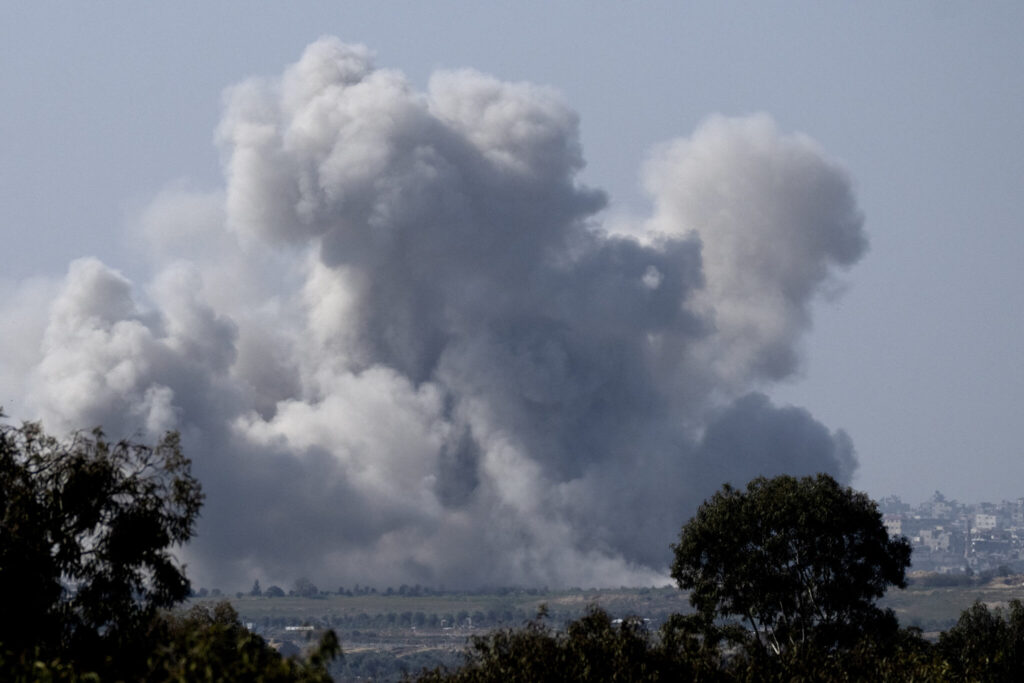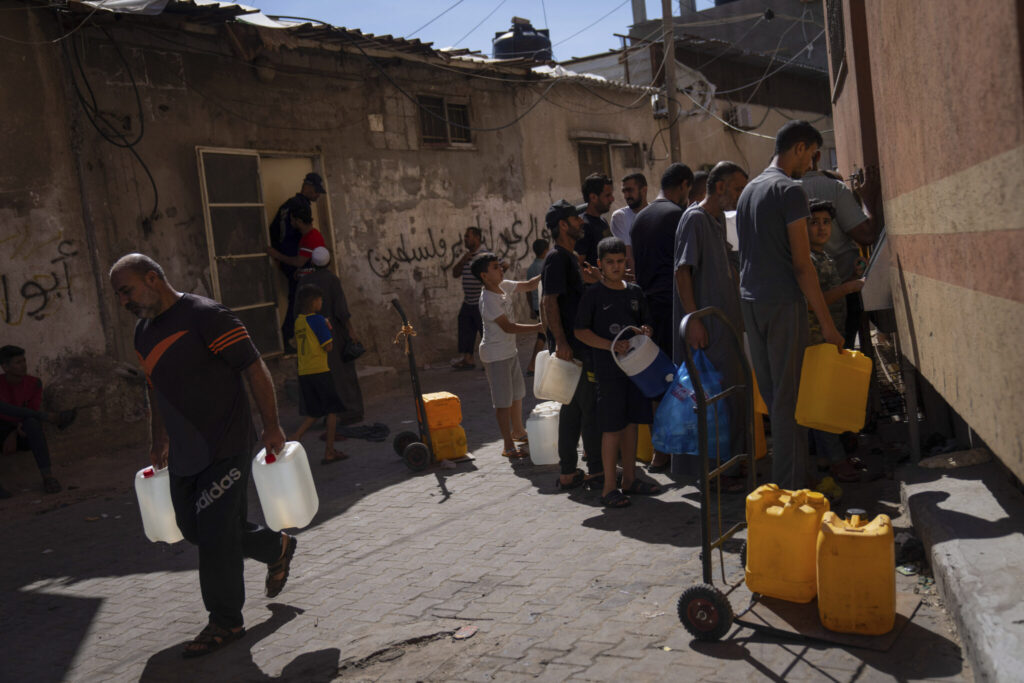The United Nations is reporting that water supplies in Gaza have dropped significantly, posing health and environmental threats and leading to 152,000 cases of diarrhea. More than half of those affected are children under the age of five.
Quick Read
- Diarrhea Cases in Gaza: There have been 152,000 cases of diarrhea reported, with more than half of the affected being children under five years old.
- Reduction in Water Supply: Municipal wells in Gaza, which previously produced 255,000 cubic meters of water daily, are now producing only 21,000 cubic meters per day due to the war that began on October 7.
- Israeli-operated Water Lines: Prior to the conflict, water from Israeli-operated lines was a major source of safe drinking water. Currently, only one of three lines is functional, producing less than half of its capacity.
- Closure and Damage to Water Lines: One water line into Gaza has been shut down by Israel, and another was damaged during the war, leaving only one functioning line.
- Desalination Plants at Reduced Capacity: Water production from desalination plants is at just 7% of its pre-crisis capacity.
- Lack of Water Treatment Supplies: Testing kits and chlorine for water treatment are unavailable in Gaza due to import restrictions.
- Sanitation Crisis: The water shortage has severely impacted sanitation, with an average of 500 people sharing one toilet and over 2,000 people sometimes using a single shower. Some shelters have no shower facilities.
- Risk of Disease Outbreaks: The lack of toilets and sanitation services has led to open-air defecation, increasing the risk of disease outbreaks.
The Associated Press has the story:
UN says Severe lack of water in Gaza worsens risk of disease
Newslooks- UNITED NATIONS – (AP)
The United Nations is reporting that water supplies in Gaza have dropped significantly, posing health and environmental threats and leading to 152,000 cases of diarrhea. More than half of those affected are children under the age of five.
According to the U.N.’s humanitarian partners, municipal wells that produce substandard, salty water are currently producing just one-tenth of what they did before the war began on Oct. 7, the U.N. said, which is more than 21,000 cubic meters a day compared to 255,000 cubic meters.

U.N. spokesman Stephane Dujarric said Friday that prior to hostilities, water from Israeli-operated lines had been the best source of safe drinking water, but at present only one of the three lines – the Bani Said point – is functional. It is producing less than half of what would have been available if all the lines had been working, he said.
The U.N. humanitarian office says Israel shut down one water line into Gaza and another one was damaged in the war, leaving only the one functioning water line.

Water from desalination plants is also currently at just 7% of pre-crisis capacity, Dujarric said, and according to U.N. partners testing kits and chlorine to treat water throughout Gaza are unavailable due to import restrictions.
The water shortage has also severely impacted sanitation, he said.

The World Health Organization reports that on average, 500 people are sharing one toilet, and more than 2,000 people sometimes are forced to use one single shower while some shelters have none, Dujarric said.
“Lack of toilets and sanitation services have forced people to resort to open air defecation, increasing concerns over disease outbreaks,” the U.N. spokesman said.







